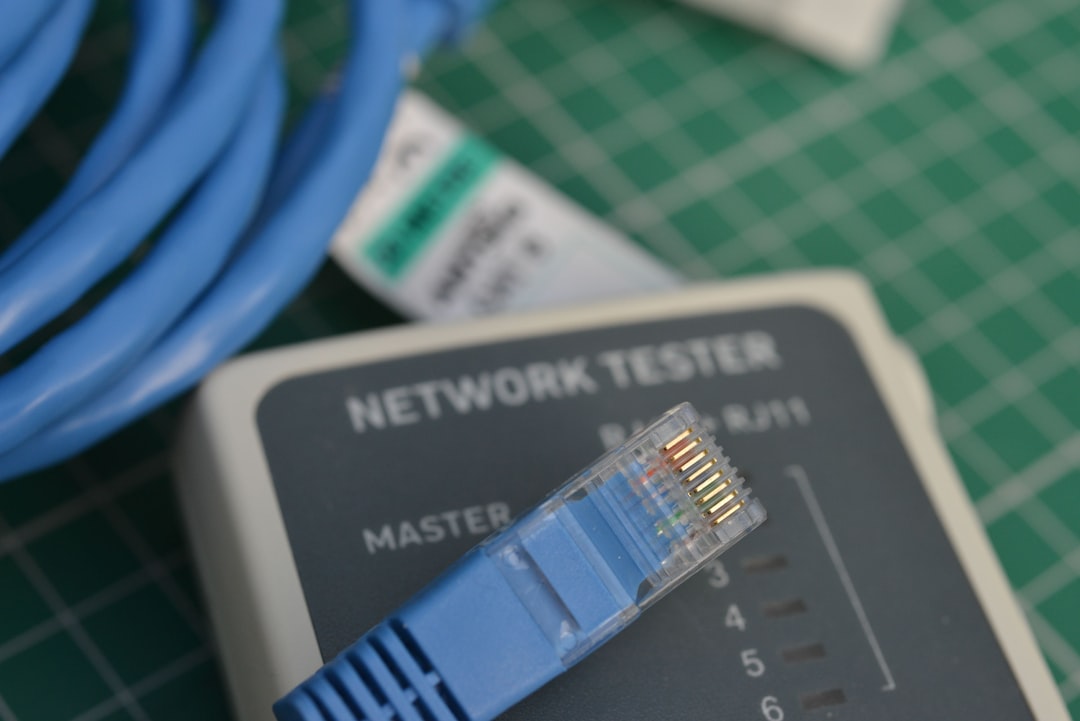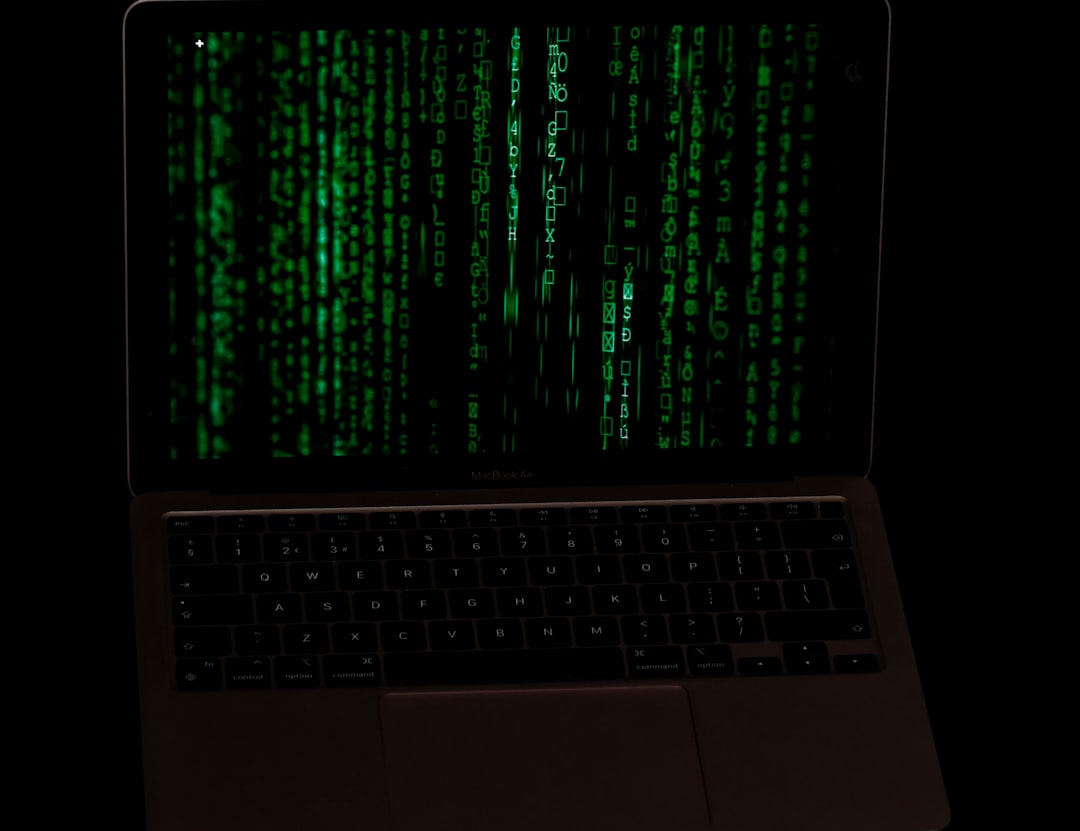In today’s increasingly connected world, the proliferation of smart devices—commonly referred to as the Internet of Things (IoT)—has revolutionized how we interact with our homes, offices, and even cities. From smart thermostats and voice assistants to industrial sensors and connected medical devices, IoT products offer convenience and innovation. However, these same devices also pose new and significant cybersecurity risks. Securing IoT devices is no longer optional; it is a necessity, particularly in the United States where cyberattacks are growing in frequency and sophistication.
What Are IoT Devices?
IoT, or the Internet of Things, refers to the network of physical objects embedded with sensors, software, and other technologies for the purpose of connecting and exchanging data with other devices and systems over the internet. These devices can be as simple as smart light bulbs or as complex as industrial robots.
Common types of IoT devices include:
- Smart Home Devices: Thermostats, doorbells, security cameras, smart locks
- Wearables: Fitness trackers, smartwatches
- Connected Appliances: Refrigerators, washing machines
- Industrial IoT (IIoT): Remote sensors, factory automation tools
Each of these devices collects and transmits data, which can be intercepted or manipulated if not adequately secured.
Why IoT Security Matters
The decentralized nature of IoT ecosystems makes them particularly vulnerable to cyber threats. Many devices are produced with limited security features and are often left unpatched against known vulnerabilities. Insecure IoT devices can be exploited for a variety of malicious purposes, including:
- Botnet attacks, such as the notorious Mirai malware that transformed IoT devices into tools for massive Distributed Denial-of-Service (DDoS) attacks
- Unauthorized surveillance via compromised smart cameras or microphones
- Data breaches that expose sensitive medical or personal information
- Critical infrastructure disruption in sectors like energy or transportation
As of 2024, the U.S. is home to over 21 billion connected devices, making the task of securing them both urgent and monumental.
Regulatory Landscape in the U.S.
The U.S. government has begun taking steps to regulate the security of IoT devices. One significant milestone was the passage of the IoT Cybersecurity Improvement Act of 2020. This law requires federal agencies to only purchase IoT devices that meet specific cybersecurity standards.
In addition, the National Institute of Standards and Technology (NIST) has issued a number of guidelines and best practices, including:
- NIST SP 800-213 – Guidelines on IoT Device Cybersecurity
- NISTIR 8259 – Core device cybersecurity capability baseline
These frameworks, while not compulsory for consumers, serve as a benchmark for manufacturers and enterprise administrators looking to ensure a higher level of security compliance.

Risks of Poorly Secured IoT Devices
When IoT devices lack proper security, they introduce a wide array of vulnerabilities. Some of the most common include:
- Default passwords: Many IoT devices ship with easily guessable default credentials that users fail to update.
- Unencrypted data transmission: Without encryption, data sent between IoT devices and servers can be intercepted and modified.
- No firmware updates: Devices that do not receive regular patches are susceptible to known vulnerabilities.
- Lack of user control: Limited configuration capabilities may prevent users from managing security settings effectively.
These risks create a fertile ground for malicious actors who seek to exploit insecure networks for personal gain or to cause systemic disruption.
Best Practices for Securing IoT Devices
Fortunately, whether you’re an individual user or a business entity, there are practical steps you can take to secure IoT devices. Here are some essential best practices:
- Change Default Credentials Immediately
Always change the default username and password upon initial setup. Use strong, unique passwords for each device. - Enable Encryption
Ensure that the device supports and uses encrypted communication protocols such as TLS. - Regularly Update Firmware
Manufacturers often release security patches. Regularly check for and apply these updates. - Segment Your Network
Place IoT devices on a separate network from your main computers and smartphones to limit exposure if a security incident occurs. - Disable Unnecessary Features
Turn off any features you don’t need, such as remote access or Bluetooth connectivity, to reduce potential attack vectors. - Monitor Device Behavior
Use network monitoring tools to detect unusual activity that could indicate a compromised device.
Device Certification and Third-Party Tools
To assist with cybersecurity, several organizations issue certifications that ensure IoT products meet security standards. Look for products certified by groups such as:
- UL (Underwriters Laboratories): Offers a Cybersecurity Assurance Program
- ETSI (European Telecommunications Standards Institute): Sets internationally respected standards applicable in the U.S.
Additionally, third-party tools such as firewalls, endpoint detection, and specialized IoT security platforms can be used to bolster defense mechanisms. Always research the vendor’s reputation and read reviews to ensure you’re investing in proven technology.
The Role of Internet Service Providers
In the U.S., Internet Service Providers (ISPs) are playing an increasing role in enhancing IoT security. Some ISPs offer features such as:
- Built-in firewalls and intrusion detection systems on routers
- Wi-Fi security scans and alerts
- Network segmentation tools
These measures can provide an additional layer of security, particularly for consumers who may not be technically inclined.

Future Developments and Trends
Looking ahead, IoT security in the U.S. is expected to follow several key trends:
- Stricter regulations and enforcement: Expect more state and federal legislation on minimum security requirements for consumer and industrial IoT products.
- AI-driven threat detection: Machine learning algorithms are being integrated to identify suspicious patterns in device behavior.
- Wider adoption of Zero Trust Architecture: New models assume no device or user is inherently trusted, significantly increasing security posture.
Advancements in these areas will shape both product development and how consumers interact with IoT ecosystems.
Conclusion
The Internet of Things has placed us at the dawn of a new technological era, one marked by unprecedented interconnectivity and convenience. However, with great innovation comes great responsibility. The stakes for IoT security are high, particularly in the U.S. where the number of connected devices continues to skyrocket.
By adopting best practices, staying informed about policy developments, and proactively managing network security, individuals and organizations can mitigate the risks and fully realize the benefits of IoT technology. Security is not a one-time task—it’s an ongoing process requiring vigilance, education, and the right tools.
In the end, the security of our connected future will depend not just on manufacturers and regulators, but on all of us.




